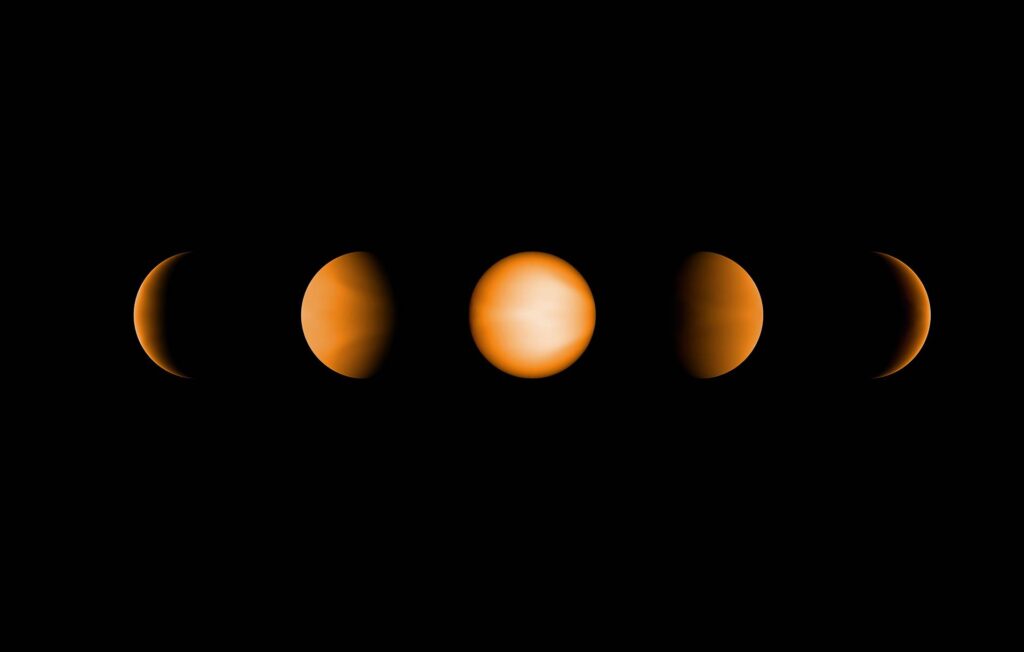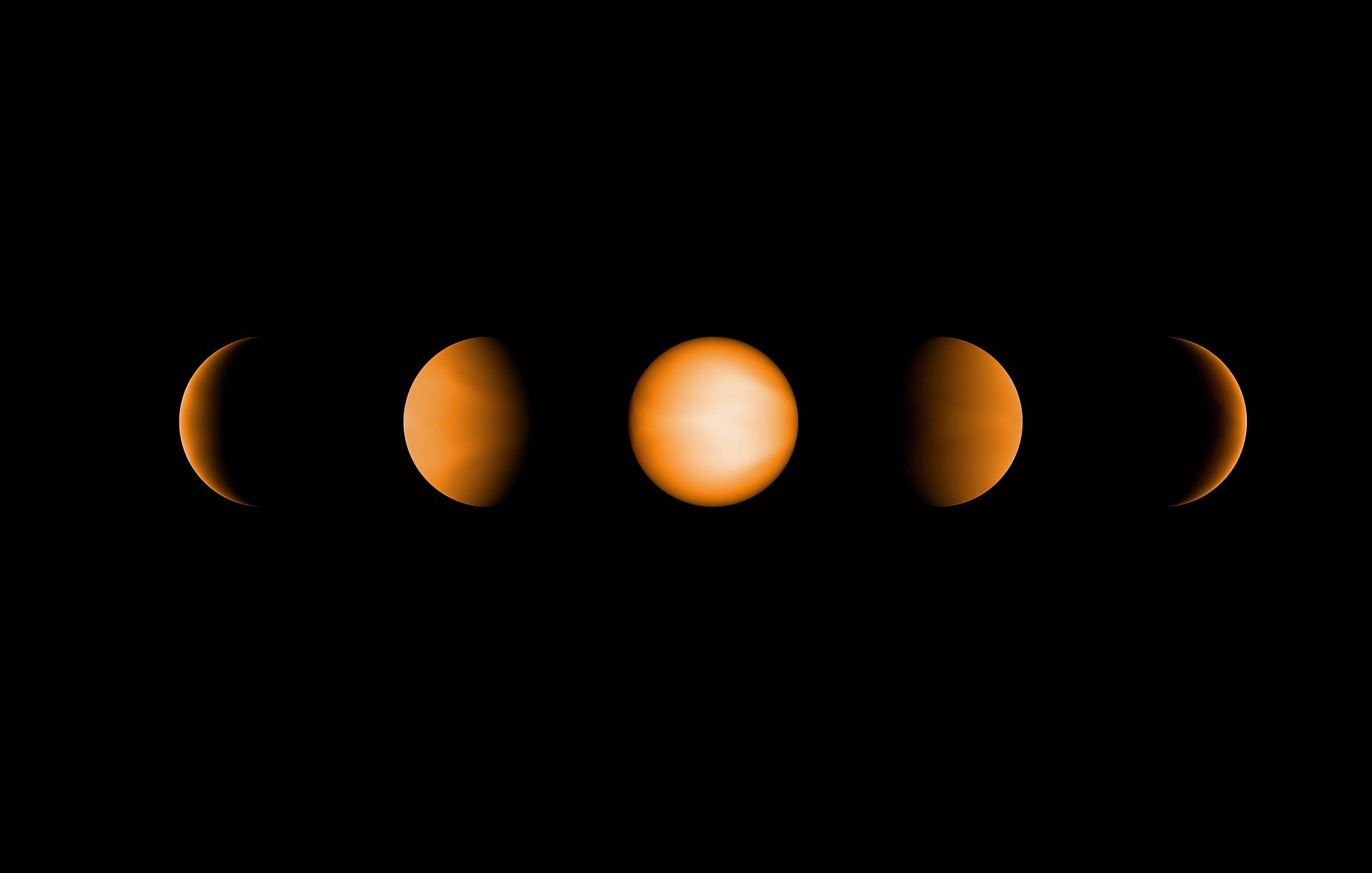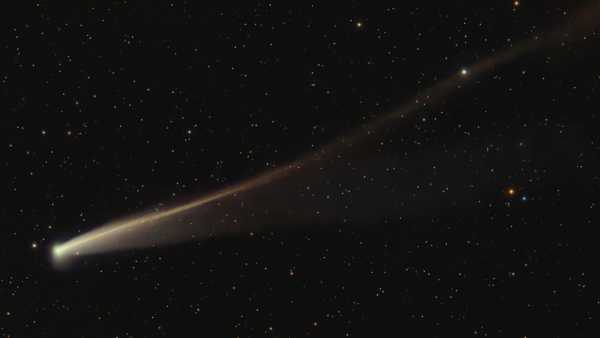
This is evidenced by images of the back side of the planet WASP-121b, which astronomers first received. Astronomers have the first images of the night side of the hot jupiter WASP-121b. Due to conditions on this side, there may be clouds of iron and corundum, the mineral that serves as the basis for rubies and sapphires. A description of the study was published by the scientific journal Nature Astronomy.
“Our data show that the dark side of WASP-121b is cold enough for clouds of iron vapor and corundum, the mineral that forms the basis of rubies and sapphires, to condense there. When such a cloud crosses the boundary between hemispheres, an exotic rain of liquid gems pours down,” said one of the paper’s authors, MIT researcher Thomas Mikal-Evans.
Hot Jupiters are gas giants that are a short distance from a star, many times closer than Mercury is in relation to the Sun. Therefore, the atmosphere of such planets is heated to several hundred degrees Celsius. Because of the proximity to the Sun, the year on the hot jupiters usually lasts several Earth days.
One of the hottest planets of this type is WASP-121b, which is located in the constellation of Korma at a distance of 850 light years from Earth. Gravitational interactions with the star cause WASP-121b to rotate at such a rate that one of the planet’s hemispheres is always facing the sun, while the other is constantly plunged into darkness. As a result, the illuminated side of WASP-76b is heated to 2300-2500 ° C, while the other hemisphere is several hundred degrees cooler.
Astronomers have long tried to study the dark side of this planet, but previously it was not possible, because it produces dozens of times less light and heat than the day side of WASP-121b. Therefore, scientists could not measure the exact temperature on the permanently shadowed half of the hot Jupiter and figure out the composition and behavior of its atmosphere.
For two years, planetary scientists observed WASP-121b’s rotation around the star using Hubble infrared instruments. Scientists separated the brightness of the luminescence produced by water vapor molecules as the planet orbited the star, allowing them to distinguish between visible and dark-side radiation.
Analysis of images of the back side of WASP-121b showed that the temperature difference between the permanently lit and shaded hemispheres of this hot jupiter was even greater than previously assumed by planetary scientists. The hottest point of WASP-121b was heated to a temperature of 2,700 degrees Celsius, and the coldest was heated to a temperature of only 500-800 degrees Celsius.
Due to such a large temperature difference several exotic phenomena may occur at once, including winds of more than 18 thousand km/h, exotic clouds of metal vapor and minerals such as corundum, perovskites and forsterites. Scientists speculate that these clouds are causing the planet to rain liquid gems and frozen metal droplets.
Mikal-Evans and his colleagues hope that further observations of WASP-121b with the recently launched James WEbb telescope will help get more detailed pictures of the night side of this hot jupiter and track the water cycle in its atmosphere. This data will allow planetary scientists to understand where and how this planet was formed and how it acquired its current exotic appearance.





